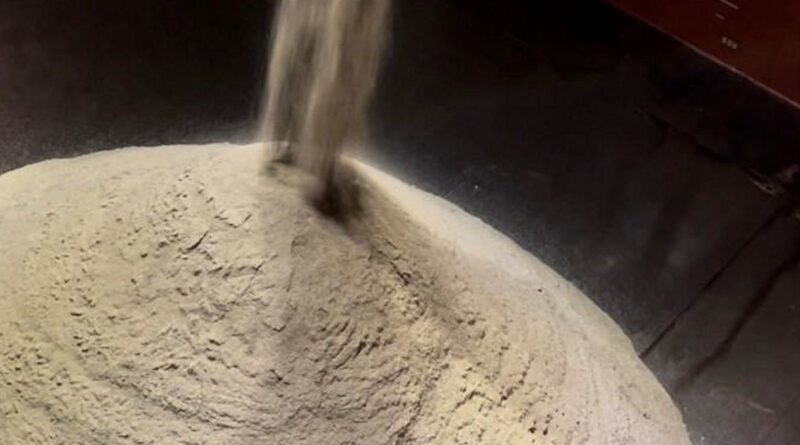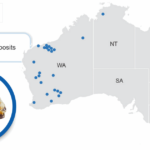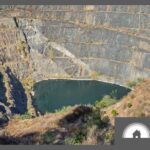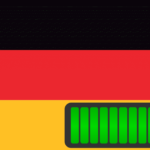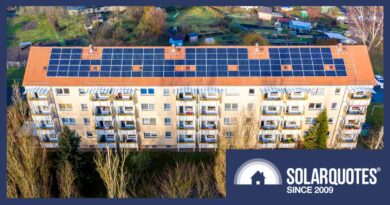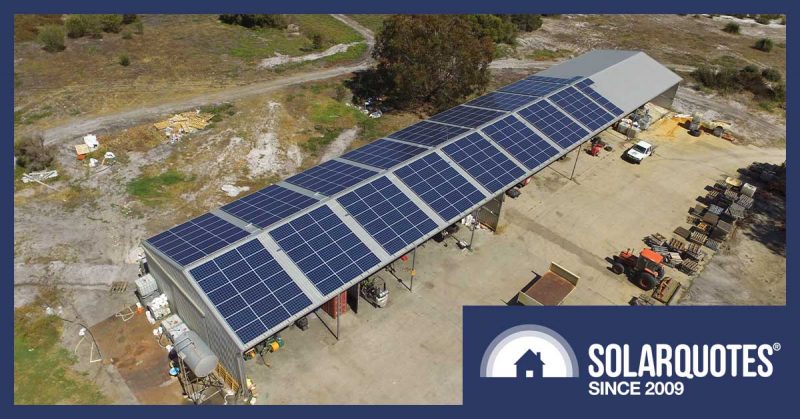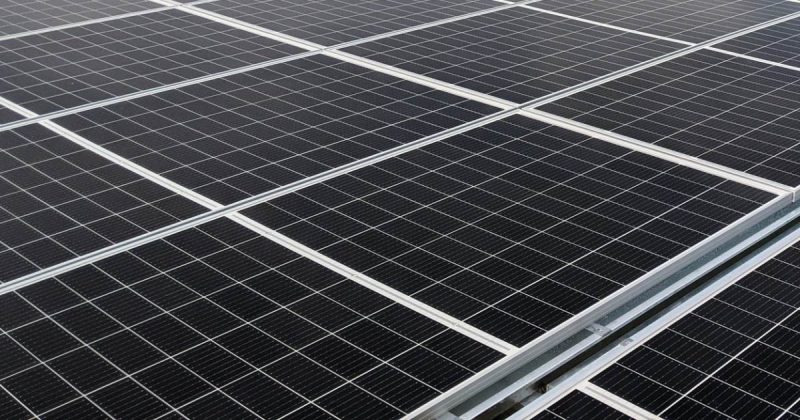Lots Of Love For Australian Lithium
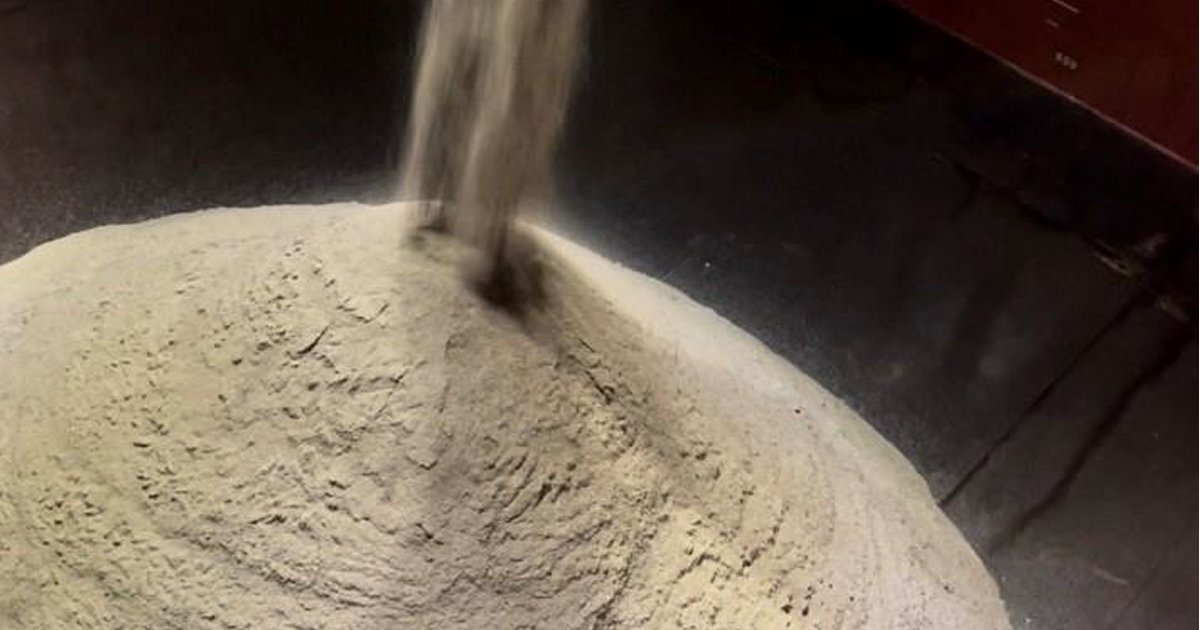
Australia already mines a shedload of an important lithium-rich mineral, and looks set to be digging up much more over the next few years.
Lithium demand is continuing to grow rapidly, primarily driven by surging demand for electric vehicle (EV) batteries and other energy storage applications such as home batteries. 80% of the world’s consumption of lithium has been attributed to rechargeable battery applications.
Australia is the largest exporter of lithium in the world, accounting for 53% of the world’s production in 2022.
Released yesterday, the Australian Government’s latest Resources and Energy Quarterly notes a strong rise in spodumene1 prices saw Australia’s lithium export revenue rocket from $1.2 billion in 2020–21 to a record $5.3 billion in 2021–22. And this rise is expected to result in a more than tripling of export revenue in 2022–23 — to an estimated $18.6 billion.
Lithium Swings And Roundabouts
However, prices have been easing of late and this is expected to continue over the report’s outlook period (to 2028).
“Australia’s total lithium exports are forecast to remain stable in 2023–24 at $18.6 billion in real terms as higher volumes offset falling prices,” states the report. “Exports are then expected to fall to about $12 billion in the following two years. Exports are expected to recover to $19 billion (in real terms) by the end of the outlook period.”
Australia’s production capacity is forecast to grow strongly – over 12% a year – which will see production jump from 333,000 tonnes of LCE2 in 2021–22 to 431,000 tonnes in 2022–23, and 661,000 tonnes in 2027–28. Export volumes of spodumene concentrate are forecast to rise from 2.2 million tonnes in 2021–22 to 4.5 million tonnes in 2027–28.
There’s certainly no shortage of takers at the moment and that’s unlikely to change with Australia’s added supply. Unless perhaps we really upset certain folks. Again.
A Comparison With Coal (Sort Of)
“Base metals and critical minerals such as lithium are crucial components of clean-energy technologies such as batteries, solar panels and wind turbines, which will help the world lower emissions and meet net-zero commitments,” said Minister for Resources Madeleine King. “The Resources and Energy Quarterly forecasts that exports of lithium and base metals (and their raw material inputs) will equal the export value of combined (thermal and metallurgical) coal exports by 2027–28.”
A base metal is a common metal that is not considered precious; such as aluminium, copper, lead, nickel, tin and zinc. Base metals are used for a bunch of other things as well of course, but renewables will be gobbling up an increasing proportion of some.
Just on coal, Australia’s combined coal export earnings are forecast to be worth $128 billion in 2022–23 compared with $114 billion in 2021–22. The report notes thermal coal miners are likely to benefit from relatively high prices over the outlook period, as a lack of spending on new supply matches the impact of diminishing world demand. Thermal coal exports are forecast drop a whisker by the end of the reporting period; from 196 million tonnes in 2021–22 to 195 million tonnes by 2027–28.
The image used in this post is from Core Lithium, in relation to export of the first lithium product (Direct Shipping Ore – DSO) from its Finniss mine in the Northern Territory early this year.
Footnotes
Original Source: https://www.solarquotes.com.au/blog/australian-lithium-exports-forecast-mb2884/

